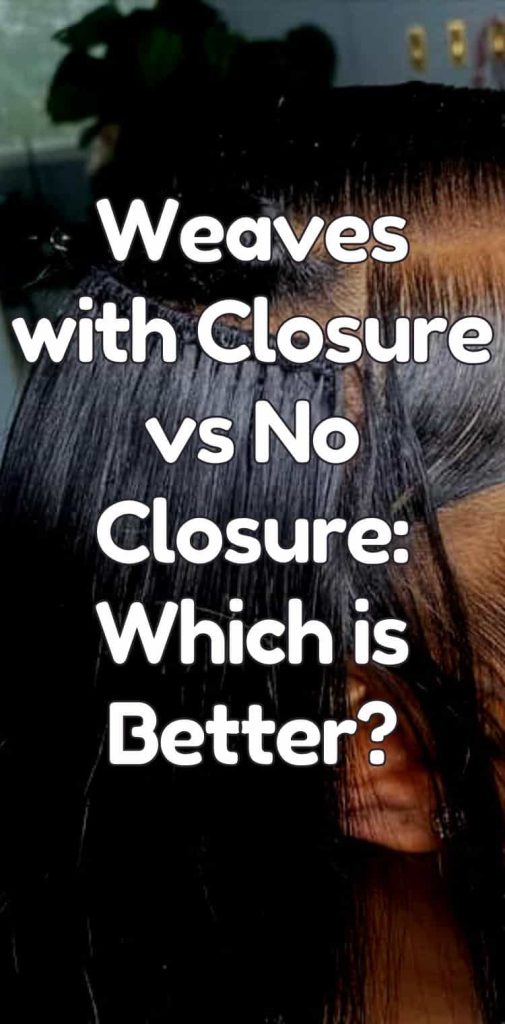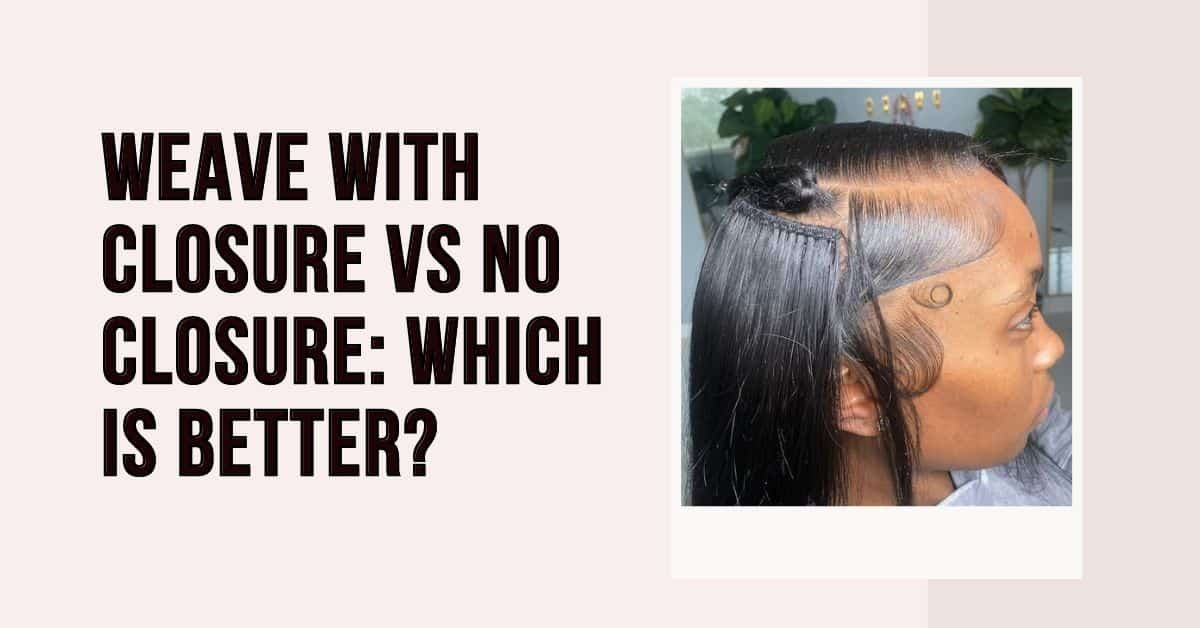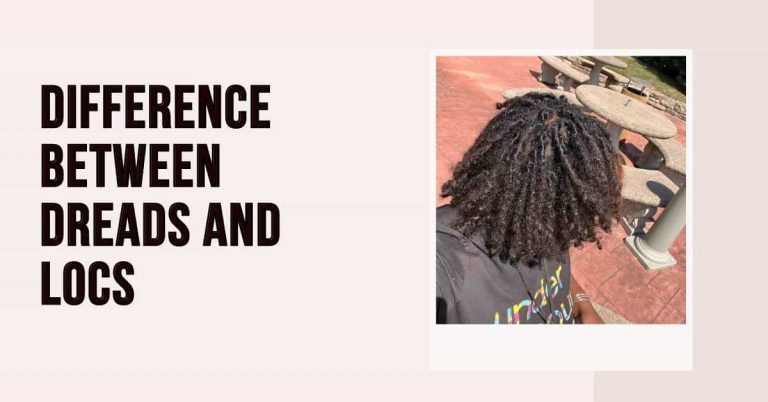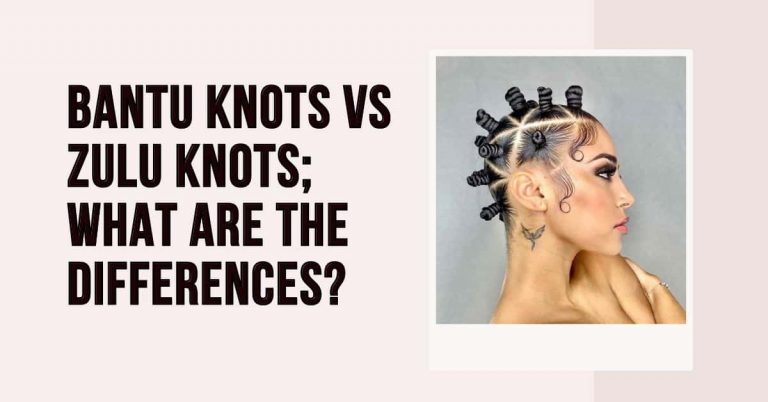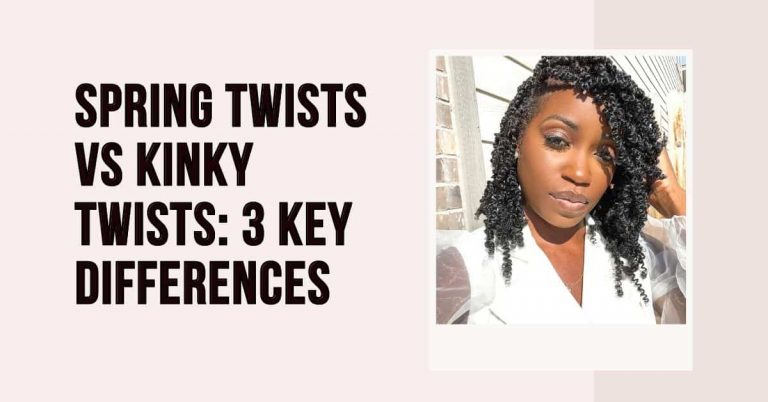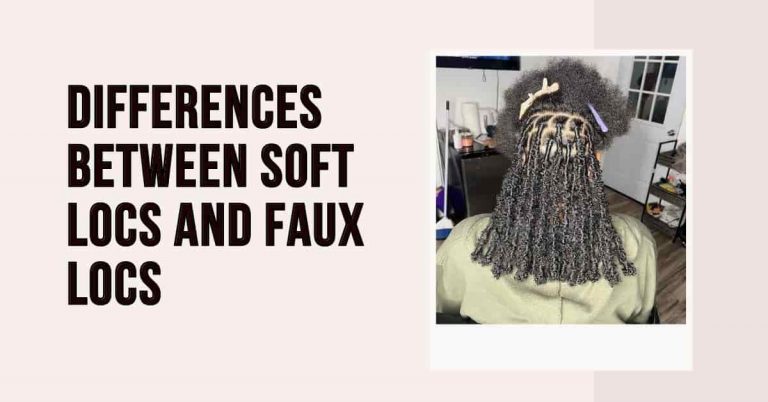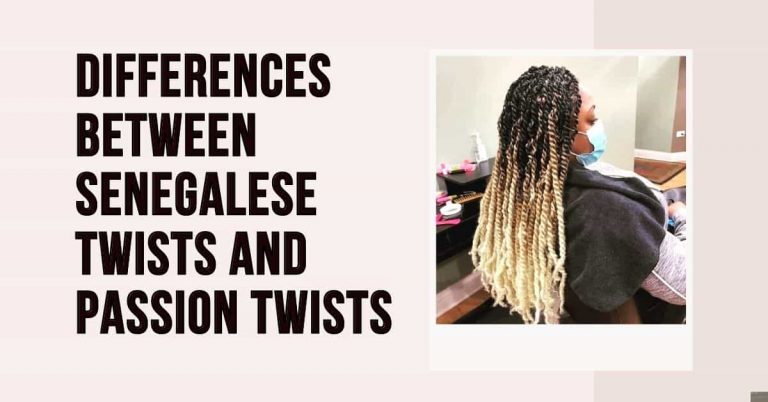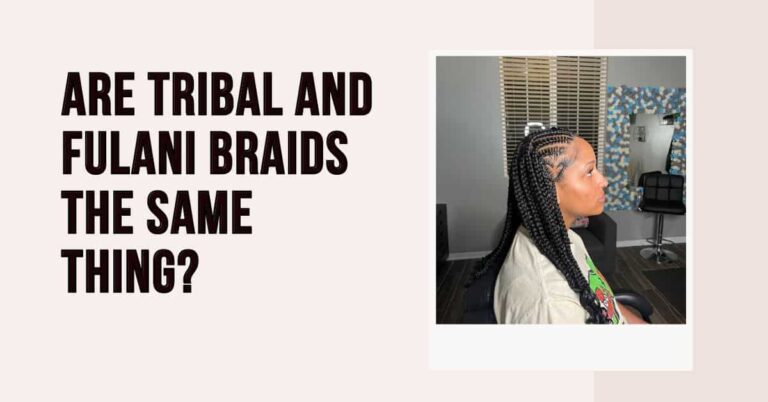Weave with Closure vs No Closure: Which is Better?
A closure is a kind of attachment to weaves and wigs to achieve a certain style. As opposed to frontals, weaves are a smaller solution, typically coming in a square size of four inches long and wide to cater to very specific styling needs, but what’s better: a weave with closure vs no closure.
The rationale behind using or ignoring a closure will depend on what you intend to achieve with your hairstyle. Closures work for very specific scenarios, and unless you’re going for one of them, it may be better off ignoring them altogether.
With that said, it’s still worth knowing when you should consider wearing a weave with closure vs no closure. This article will help you identify those scenarios, and in addition to that, you’ll also learn how a weave with closure compares to one with alternative attachments or nothing at all.
What’s a Closure?
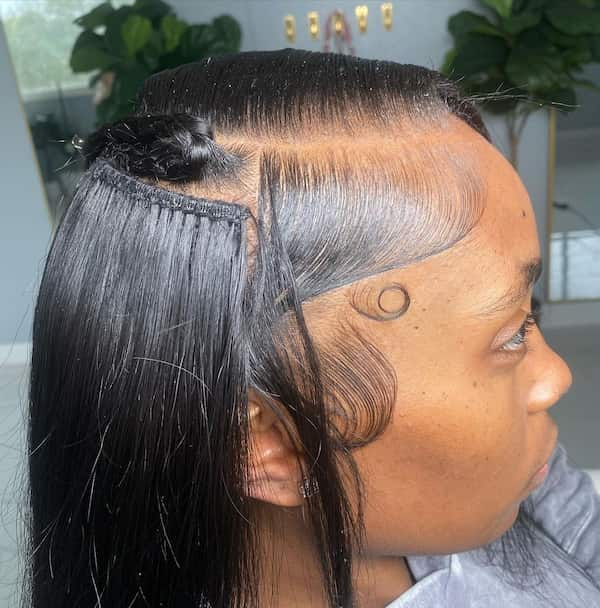
Closures are generally a 4×4 section of hair on a lace that’s typically for closing off a wig, weave, or sew-in. It’s slightly different from a frontal or a 360-degree frontal, as frontals are usually significantly wider, going from ear to ear in a 13×4 arrangement.
Closures come in silk and lace bases, both of which can look very natural when installed by a professional stylist. However, lace bases are more popular among beginners, as it’s the option with the best shot of blending naturally with your hair, thanks to the thin design.
Weave closures typically come in three types: three-part, free part, and middle part, all of which have a distinct look to them. Regardless of what you choose, however, there are always benefits and drawbacks of getting closures, like with every other kind of weave close-off, some of which I’ll analyze shortly.
Benefits of Weave with Closure
While it would be easier to simply recommend what’s better between a weave with closure vs no closure, it’s not possible to do that, as the better solution differs according to your needs. The presence of a closure adds a couple of benefits that you may need in your hairstyle, and in some cases, drawbacks.
Starting with the benefits, here are some of the biggest advantages of getting a weave with closure, especially compared to getting one without.
1. They look and feel natural
One of the biggest benefits of getting a weave with a closure is how realistic they tend to look, especially when you get one that closely matches the color of the underlying weave. Thanks to the awesome and realistic look, you can depend on them as an awesome way to add some length or volume to your weave.
However, you should know that a weave with closure only looks realistic when you install it properly. The side wefts on a lace or silk closure may show when installed improperly, and that usually makes for a terrible look. If you’re not confident in your ability to install a closure properly, you should consider seeing your hairstylist.
2. They’re low maintenance
Another noticeable benefit of a weave with closure vs no closure is the very little maintenance it’ll require to keep looking amazing throughout its lifespan. The maintenance procedure itself is so mild that it doesn’t feel like a chore.
The only steps required to maintain a weave with closure include generally keeping your hands off it and brushing it with a gentle bristle brush. In addition to those measures, you want to ensure you’re using the right products to preserve the natural shine of the weave with closure.
3. They last very long
Since you don’t have to spend an awful lot of time maintaining weaves with closure, it comes as a surprise that they also tend to last for a pretty long time.
The primary reason to keep weaves with closure for as long as they’ll stay on your hair is that they also help with protection. Since you wear it over your natural hair, the closure serves as a shield that prevents damaging hair products from getting down to your scalp.
Disadvantages of Weaves with Closure
While weaves with closure tend to look pretty awesome, you shouldn’t expect your experience to be all rosy. There are a couple of drawbacks to the close-off style, which explains why you don’t see everyone getting closures simultaneously.
Since you already know the upsides, here are some of the downsides of weaves with closure vs no closure.
1. They may not fit
When making a weave with closure, there’s a pretty good chance that you’ll buy one that won’t fit your head, especially if you have a relatively large head. While closures typically come in a 4×4 size, there’s a slightly bigger 5×5 inches size if you’ll ever need to use that. Measuring your head size will effectively eliminate this problem, but most people don’t do that, so it’s still a con.
2. Possible hairline damage
There are several ways to install a closure on a weave, but the most common methods are using glue and sewing it on. Ordinarily, those methods sound harmless, but not when it’s time to remove them from your hair. If you’re not an expert, you’re at risk of pulling out your hair with the closure, possibly causing severe hairline damage.
Weave with Closure vs No Closure: Which is Better?
The decision of whether to get a weave with closure vs no closure depends on what you intend to do with your hair. If you need to cover some bald spots while making your hair appear fuller, you need to wear a closure, but that’s if you’ve contemplated the possibility of a damaged hairline.
Either way, you should consider getting the hairdo from a professional hairstylist. While that won’t guarantee everything going right, it will make it unlikely for a lot to go wrong, and that assurance is worth the money.
Conclusion
Weaves may look good without closure, but there’s no other way to replicate the illusion of natural fullness you get on a weave with closure. If you’re undecided on which option is best for you, this article compares weave with closure vs no closure to see which is better for most people.
If you liked the post, you may want to check out some of our other blog posts below.
- 5×5 Closure vs Frontal; what’s the Difference?
- Spring Twists vs Kinky Twists: 3 Key Differences
- Differences Between Senegalese Twists and Passion Twists
- Frontal vs Closure; Top Pros and Cons You Should Know
Pin for Later.
